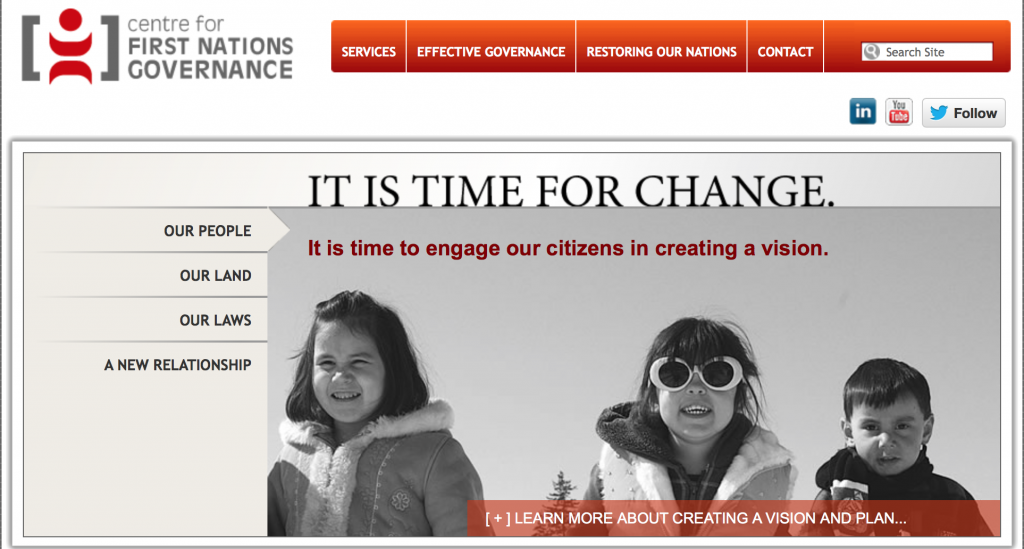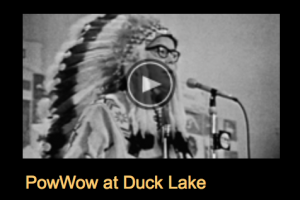The following are resources (articles, videos, websites) on ideas and initiatives focused on Indigenous knowledge, learners and education:
Conestoga College. (2017, March 20). Indigenizing Post-Secondary Education [Video file].
This video explores the experiences of a few post-secondary Indigenous students, within their courses and on-campus supports. The students provide suggestions on going beyond a Euro-centric style of teaching and infusing Indigenous content and teaching methods into the education system, as well as ways to help build stronger relationships among Canadians.
Project of Heart. (n.d.). Project of Heart.
This is an “inquiry based, hands-on, collaborative, inter-generational activity” that helps students learn about the history of Aboriginal people in Canada, including the legacy of the residential school system. It is tailored to different grade levels, including post-secondary, but is not only tied to educational institutions: it can be used by anyone.
Province of BC. (2013, October 25). Changing Results for Young Readers: Laura Tait, First Peoples Principles of Learning [Video file].
This is a presentation by Laura Tait, an educator and administrator. She covers ideas such as Indigenous identity, pedagogy, reflective practice, relationships and understanding. Tait invites viewers to look at the world through an Indigenous lens. She shares some activities that teachers can use with their students and resources for their professional development.
Simon, J., Burton, K., Lockhart, E. (2014). Post-secondary distance education in a contemporary colonial context: Experiences of students in a rural First Nation in Canada. International Review of Research in Open and Distance Learning 15(1).
This article shares some of the challenges of and opportunities through post-secondary online/distance education in rural and remote First Nation (Indigenous) communities in Canada. The Elsipogtog First Nation community in Nova Scotia is profiled. Student experiences using videoconferencing technology are shared.
University of British Columbia. (2017, February 17). Learning from Story [Video file].
This video is part of a non-credit massive open online course (MOOC), “Reconciliation Through Indigenous Education,” which focuses on strategies, teaching examples and resources supporting teaching and learning of Indigenous ways of knowing. The video focuses on the use of Indigenous storytelling and the benefits of utilizing it as a teaching strategy.


